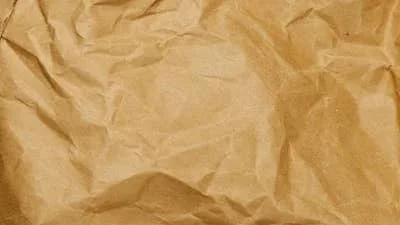The EPA says that we save 17 trees for every ton of paper that is recycled. I’m going to assume that corrugated cardboard and paper use about the same amount of trees per pound—so 17 trees = 1 ton of corrugated cardboard.
So now we need to know how much corrugate we can get out of one ton. There are a few different types of cardboard that have different weights, so I’m going to go with the relatively standard 32 ECT C (I know that’s some packaging jargon there. You can click here and here to learn what it means).
After doing some consulting with our resident corrugated cardboard experts, we determined that corrugate weighs about 97 pounds for every 1,000 square feet—or 20,619 sq/ft for every ton of corrugated cardboard.
The last piece of the puzzle is figuring out how many boxes we can get out that 20.6k square feet of corrugate. Once again, we’re going to have to use a pretty big assumption here, since there are many different box sizes and styles that can be created. The most common box made (and the most “average” in size) is a standard 12″ x 12″ x 12″ box. That box typically uses just over eight square feet of corrugated cardboard per box (remember, we have to account for flaps on the top and bottom of the box).

So now some math:
20,619 sq/ft of corrugated cardboard ÷ 8 sq/ft of corrugated cardboard per box = 2,577 boxes per ton.
17 trees = 2,577 boxes
1 tree = 151.6 boxes
So What Can We Do With This Information?
This leads to an interesting question: how many boxes do we go through a year? According to a 2010 EPA report, one-third of all trash produced is containers and packaging, and 29 million tons of corrugated cardboard are generated annually.
That’s the equivalent of 493 million trees, or 1.5 trees per person, per year. And that’s just boxes in the US!